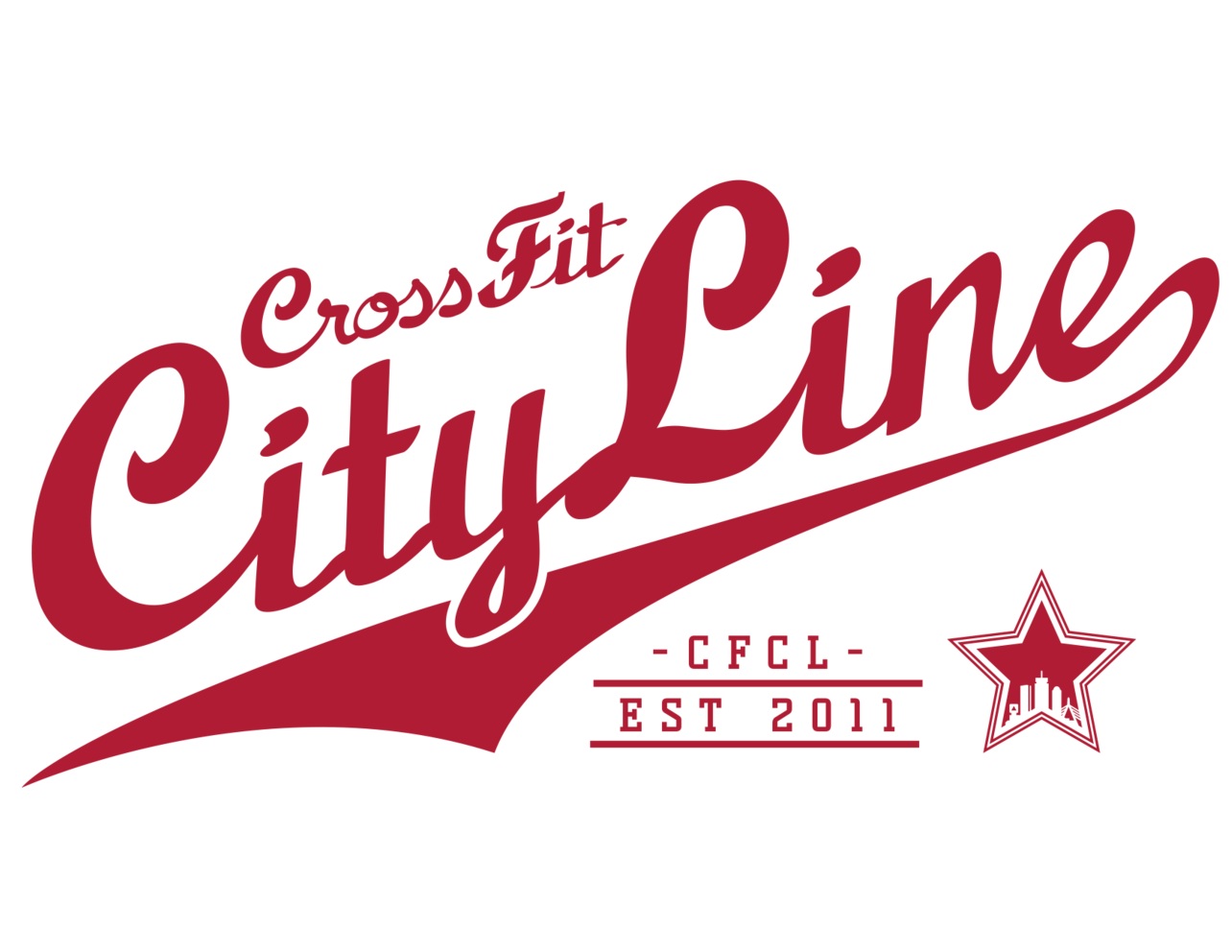The Athlete's System - How We Start
When nutrition is the foundation of our work in the gym, how did we make sure that The Athlete's System was going to have long-term effects?
People have known for a long time that restricting certain foods for a "diet" is not an effective strategy for losing weight. What happens after the diet is over? The restricted food is reintroduced and the weight is gained back. That's why The Athlete's System is based solely on macronutrient breakdowns--how many grams of fats, carbohydrates, and proteins we should eat per day to achieve our goals. Put simply, we can eat what we want, but it must "fit our macros."
However, one of the problems with this system is that if the plan isn’t correctly customized to you and your specific goals, we can spend months measuring and weighing, but never getting the results we want.
We started with a few important pieces of data.
1) The first was an InBody body composition scan (weight, body fat, muscle mass) done right at the gym.
2) The next was allowing athletes to practice tracking their macros in MyFitnessPal, a common phone app. Coaches then found the average number of grams of protein, fat, and carbohydrates that each athlete ate for one week. This not only gave the coaches a starting point for their athlete's macro goals, it also allowed our athletes to practice weighing and tracking so that we could do some pre-system troubleshooting.
3) Then we sent a survey with a few questions. One of the most important questions we asked was:
What do you think your biggest hurdle is going to be and why?
-Planning
-Mindless Eating
-All or Nothing Thinking (ex: I already went over by 6g fat, so I might as well keep eating whatever I want.)
-Sustaining Discipline
-Resisting Peer Pressure (ex: family events, work gatherings, socializing with friends)
This allowed us to prepare for what we would need to coach and support each athlete with. It also gave athletes a starting point for making plans on where they knew they would have the most difficult time. After all, “failing to plan is planning to fail.”
Another question we asked was: do you want to lose body fat, gain muscle, or both?
This told us whether our athletes would be cutting, gaining, or maintaining.
Cutting vs Maintenance vs Gaining
There are 3 phases of nutrition when tracking macros: cutting, maintenance, and gaining.
When an athlete is cutting, their goal is to lose weight. In CrossFit and other sports, our goal is to only lose body fat, because keeping our muscle mass allows us to maintain performance.
When an athlete is in maintenance, their goal is to maintain their current body composition; they want to keep the same amount of muscle and body fat. Maintenance is a period of adaptation, where we can end up feeding our body more and more food while still maintaining the same body composition. This is a long process that needs to be monitored carefully.
When an athlete is gaining, their goal is to put on muscle mass. An athlete who is gaining will usually gain body fat along with their muscle mass, so a gaining period is typically followed by a very short period of cutting.
After establishing whether our athletes would be cutting or gaining, we gave them their first set of numbers: how much protein, carbs, and fat to eat each day, and introduced them to our macro tracking spreadsheet that they would fill in each week. The spreadsheet serves many purposes: it allows the athlete to see their whole week in one place, which builds accountability, and it allows coaches to gather data about how the plan is working so far.
That’s the thing about a macro plan: it may need to be tweaked more often than we think.
Check out Part Two about what is happening now in The Athlete's System and Part Three, which explains what happens after The Athlete's System is over.


